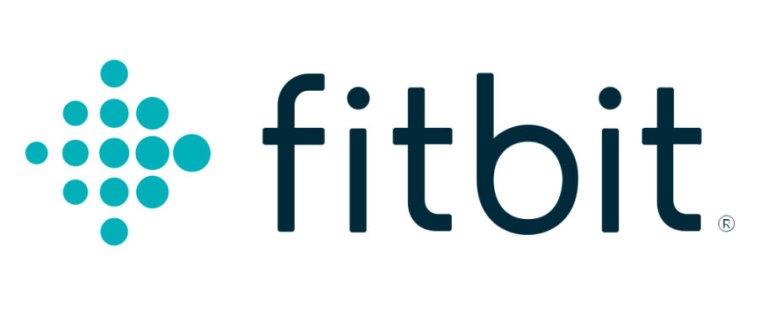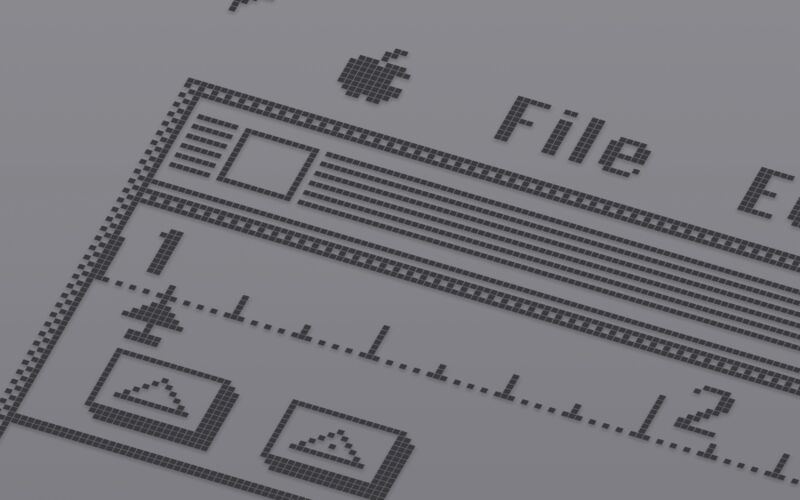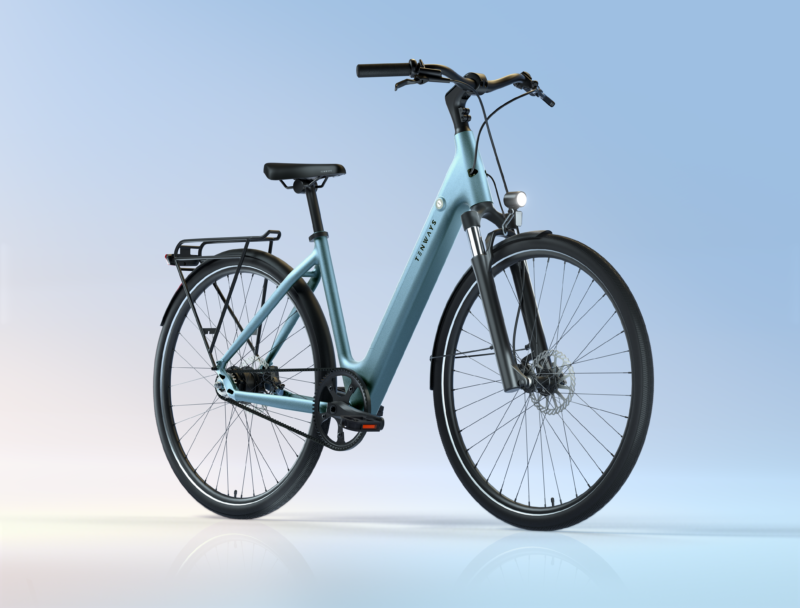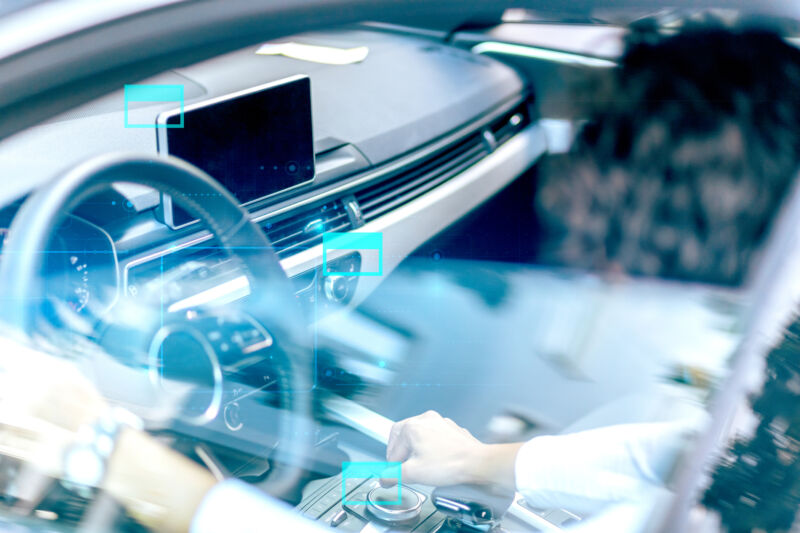-
 chevron_right
chevron_right
Roku owners face the grimmest indignity yet: Stuck-on motion smoothing
news.movim.eu / ArsTechnica • 12 June, 2024 • 1 minute

Enlarge / Motion smoothing was making images uncanny and weird long before AI got here. (credit: Aurich Lawson | Getty Images | Roku)
Roku TV owners have been introduced to a number of annoyances recently through the software update pipeline. There was an arbitration-demanding terms of service that locked your TV until you agreed (or mailed a letter). There is the upcoming introduction of ads to the home screen . But the latest irritation hits some Roku owners right in the eyes.
Reports on Roku's community forums and on Reddit find owners of TCL HDTVs, on which Roku is a built-in OS, experiencing "motion smoothing" without having turned it on after updating to Roku OS 13. Some people are reporting that their TV never offered "Action Smoothing" before, but it is now displaying the results with no way to turn it off. Neither the TV's general settings, nor the specific settings available while content is playing, offer a way to turn it off, according to some users.
"Action smoothing" is Roku's name for video interpolation, or motion smoothing. The heart of motion smoothing is Motion Estimation Motion Compensation (MEMC). Fast-moving video, such as live sports or intense action scenes, can have a "juddery" feeling when shown on TVs at a lower frame rate. Motion smoothing uses MEMC hardware and algorithms to artificially boost the frame rate of a video signal by creating its best guess of what a frame between two existing frames would look like and then inserting it to boost the frame rate.










